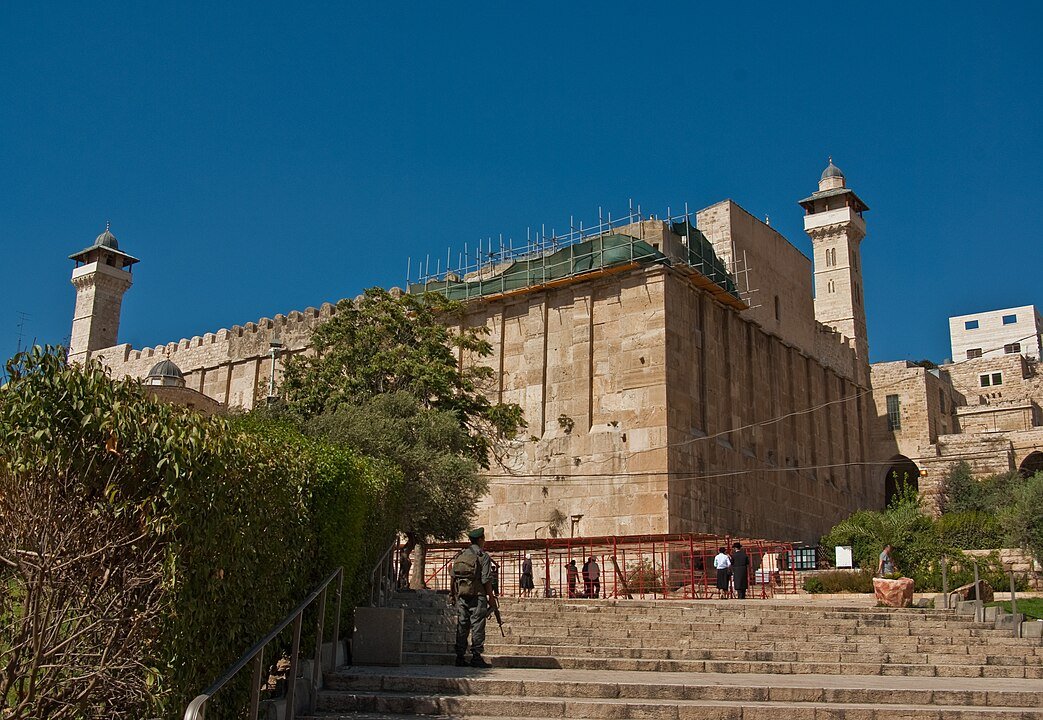
Understanding the Incident in the West Bank (2025)
The 2025 attack on a Christian church in the West Bank has triggered widespread global condemnation, with the United States officially designating it as an act of terrorism. This incident underscores the fragile state of interfaith relations in the region and reinforces the urgency for renewed efforts toward tolerance, dialogue, and peace. The assault not only targeted a place of worship but also symbolically challenged the principles of religious freedom and coexistence.
Details of the Attack
The attack took place at a historic Christian church situated in a tension-filled area of the West Bank. Reports indicate that assailants breached the premises in the early morning hours, vandalizing sacred artifacts and damaging structural elements of the church. Witnesses described the ordeal as terrifying, particularly for community members who regard the church as a spiritual and cultural haven.
Immediate Reactions
The United States promptly responded by issuing a stern condemnation. In an official statement released by the U.S. State Department in early August 2025, the assault was termed “a terrorist attack against religious freedom and minority rights.” This response has catalyzed a cascade of similar declarations from international leaders and organizations, further isolating the perpetrators on a diplomatic scale.
The Broader Implications
Beyond the physical damage, the assault is a dire reminder of the religious and ethnic complexities that define the region. The 2025 climate in the West Bank is already tense, and acts of terror like this can unravel months, if not years, of diplomatic progress. Religious landmarks serve as both spiritual sanctuaries and cultural time capsules—harming them harms the very identity of a community.
Religious and Cultural Significance
The targeted church dates back centuries and is considered a living monument of Christian heritage in the Holy Land. Damaging such institutions amounts to a cultural erasure that affects not only the local population but the entire global Christian community.
Impact on Local Communities
Christian communities in the West Bank form a small but resilient group. This attack, however, deepens their marginalization and fuels fears of systemic violence. International human rights watchdogs in 2025 have reported a sharp rise in minority-targeted aggression in conflict zones, calling for greater international intervention.
Global Diplomatic Ramifications
The geopolitical reverberations from the 2025 West Bank church attack stretch far beyond the Middle East. Global diplomatic channels have become highly active, with several nations requesting emergency sessions at the United Nations. The international community is now forced to reckon with the fragile state of religious tolerance in volatile areas and the broader implications for world peace.
United States’ Stance
The Biden administration has maintained a firm policy on protecting religious freedom globally. In the wake of the West Bank attack, senior officials have met with regional partners to coordinate intelligence-sharing and provide aid for safeguarding vulnerable communities. Washington has also reiterated its commitment to upholding anti-terrorism measures in all religiously significant zones worldwide.
Response from Global Leaders
Political and religious leaders from Europe, Latin America, and parts of Asia have mirrored the U.S. condemnation. Pope Francis, in a special statement from the Vatican, called the attack “an affront to human dignity and spiritual peace.” Meanwhile, advocacy groups in 2025 have launched social media campaigns calling for justice and reconstruction.
Steps Towards Reconciliation
Following the incident, various NGOs and interfaith coalitions have ramped up efforts to initiate peace talks and offer relief to affected communities. 2025 has seen increased reliance on grassroots peacebuilding as a supplement to top-down diplomatic approaches, and this incident further underscores that need.
Engagement through Diplomacy
Dialogue must be inclusive, involving not only political figures but also faith leaders and grassroots organizers. The U.S. Special Envoy for Religious Freedom has proposed an interfaith council for conflict zones, which is gaining traction among policy makers.
Role of Interfaith Initiatives
Projects like the 2025 Interfaith Harmony Alliance have taken center stage in post-conflict reconciliation. Their role in bridging religious divides has become essential in rebuilding trust, particularly in war-torn or terror-affected regions like the West Bank.
Building a Foundation for Peace
Peace, while difficult, is not unachievable. The 2025 world order is increasingly interlinked, and global unity in the face of terrorism is vital. Rebuilding the damaged church is a symbolic first step, but true peace requires persistent effort, both spiritually and politically.
Fostering Hope and Resilience
Local and international organizations must prioritize mental health, security, and education in affected areas. By empowering communities to stand resilient against terror, we strengthen the global framework for sustainable peace. The courage shown by victims and activists in the wake of this event sends a powerful message to the world: we will not be divided by hate.
Final Thoughts
The 2025 West Bank church attack is a sobering reminder of the ongoing threat terrorism poses to religious freedom and global harmony. It challenges us all to respond—not only with outrage but with action, empathy, and resolve. The future of interfaith coexistence depends on what the world does next.
POS: This publication remains the intellectual property of POS and is distributed with the intent of promoting knowledge and awareness. Unauthorized replication is prohibited.







